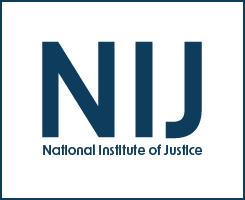Case histories
Pretrial Decisions - A Contextual Analysis of Central Intake Systems - Executive Summary
Weighted Dispositions - Adding Quality to Performance Measurement
Dibutylone (bk-DMBDB): Intoxications, Quantitative Confirmations and Metabolism in Authentic Biological Specimens
Height of head centre of gravity predicts paediatric head injury severity in short-distance falls
The tipping point to terrorism: Involvement in right-wing terrorist groups in the United States
National Institute of Justice's Recidivism Forecasting Challenge: Research Paper, Group MNLB
Reports of Adverse Events Associated with Use of Novel Psychoactive Substances, 2017-2020: A Review
The next generation of synthetic cannabinoids: Detection, activity, and potential toxicity of pent-4en and but-3en analogues including MDMB-4en-PINACA
Forensic tool to identify fall characteristics in infant skull fracture
Evaluating Nevada's Anti-Gang Legislation and Gang Prosecution Units
Policing Domestic Violence in the Post-SARP Era: The Impact of a Domestic Violence Police Unit
Treatment Modality, Failure, and Re-Arrest: A Test of the Risk Principle With Substance-Abusing Criminal Defendants
What Works in Offender Supervision - Panel at the 2009 NIJ Conference
This NIJ Conference Panel highlights findings from NIJ projects that evaluated strategies to enhance the supervision of offenders in the community. Researchers discuss the effectiveness of fair, swift and certain sanctions for high-risk probationers in the Hawaii HOPE program. Panelists also provide empirical evidence on the effectiveness of electronic monitoring — including the use of GPS tracking — for medium- and high-risk offenders on supervision and upon completion of their supervision sentence.



